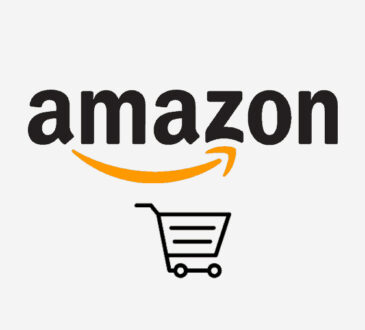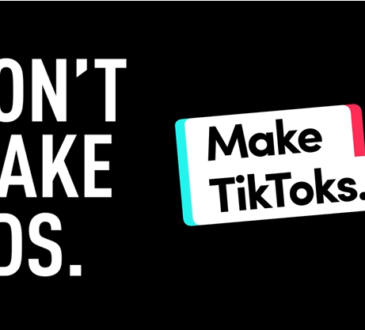
Promoting a physical product successfully in today’s digital age involves a combination of both online and offline strategies. Here are some effective ways to promote a physical product:
- Build an Attractive Website:
- Create a professional and user-friendly website to showcase your product. Include high-quality images, detailed product descriptions, and easy-to-find contact information.
- Leverage Social Media Marketing:
- Establish a strong presence on social media platforms relevant to your target audience. Share engaging content, including images, videos, and customer testimonials.
- Use paid advertising on platforms like Facebook, Instagram, and Pinterest to reach a wider audience.
- Search Engine Optimization (SEO):
- Optimize your website and product listings for search engines. Use relevant keywords, meta tags, and high-quality content to improve your organic search ranking.
- Content Marketing:
- Create informative and valuable content related to your product. This could include blog posts, how-to guides, and videos that demonstrate your product’s benefits.
- Share this content on your website and social media channels to establish authority in your niche.
- Email Marketing:
- Build and segment an email list of potential customers. Send out regular newsletters with product updates, promotions, and exclusive offers.
- Personalize your email campaigns to cater to individual customer interests and behaviors.
- Influencer Marketing:
- Partner with influencers in your industry or niche who have a relevant and engaged audience. They can promote your product to their followers through reviews and recommendations.
- Pay-Per-Click (PPC) Advertising:
- Use PPC advertising platforms like Google Ads to target specific keywords and demographics. This can help drive immediate traffic to your website.
- Optimize your ad campaigns over time to improve click-through rates and conversions.
- Online Marketplaces:
- List your product on popular online marketplaces like Amazon, eBay, or Etsy, depending on your product’s category. These platforms already have a built-in audience.
- Customer Reviews and Testimonials:
- Encourage satisfied customers to leave reviews and testimonials on your website and other relevant platforms. Positive reviews can boost your product’s credibility.
- Offline Marketing:
- Don’t overlook traditional offline marketing methods like attending trade shows, hosting product launch events, and distributing printed materials in your local community.
- Referral and Affiliate Programs:
- Create referral programs that incentivize customers and partners to promote your product to their networks in exchange for rewards or commissions.
- Measure and Analyze:
- Use analytics tools to track the performance of your promotional efforts. Monitor key metrics such as website traffic, conversion rates, and return on investment (ROI).
- Adjust your strategies based on the data to optimize your marketing campaigns continually.
The best approach may vary depending on your product, target audience, and budget. Consider a mix of these strategies and continually assess their effectiveness to refine your marketing efforts over time. Additionally, stay current with industry trends and be open to adapting your promotion strategies as needed.




